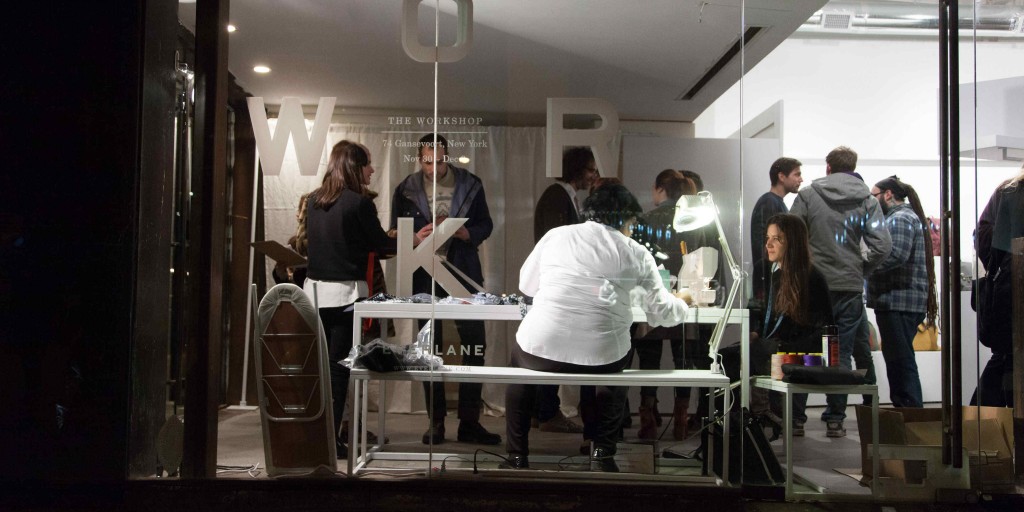Modern luxury companies have “devastated the perception that good design always costs money.”
Want to understand how the concept of luxury is changing — and why it’s got some people nervous? Listen to analysts, experts, executives, and consultants on the established luxury side as they fret and sweat over how their version of luxury isn’t the one the market (read: shoppers) now prefers.
A recent post at Luxury Society by luxury consultant Winston Chesterfield is a readymade case study in established luxury hypertension. Chesterfield’s a stand-in for the old luxury camp (think: Louis Vuitton, Gucci), and with it, the continued anxiety that hovers above it like a dark cloud (continued below…).

The framework of the old luxury argument brought by Chesterfield is this:
- As people enter a higher tax bracket, they start to spend more money on more luxury goods in more categories.
- It’s a sliding scale as you go up the income ladder. Lower income shoppers spend on things like entry-level handbags (Kors, Coach) and fragrances (famously, an entry level goldmine for global luxury houses).
- Next up, towards the middle, you’ll find shoppers springing for these items, as well as more accessories like watches, shoes, and eyewear.
- Once you hit the high end of the income spectrum, that’s when shoppers increase their spending across all of these categories, plus things like suiting, formalwear, dresses, and beauty.
The most important point is this: The brands shoppers would previously look to buy from whenever they increased their luxury goods spending would always tend to be the same cluster of big, global names. But that’s no longer the case — it’s how things used to work before modern luxury companies (MLCs) started populating the scene about a decade ago.
This old, battle tested system has been completely smashed by what MLCs are bringing to the table (luxury quality for less). Naturally, it’s got Chesterfield and his clients stressed out.
This is the post-luxury concept, which relates to the decline of the income-upgrade phenomenon [Ed: pointed out in Chesterfield’s argument above]. The post-luxury consumer no longer needs to upgrade as they progress through income categories – therefore they select categories [that] remain non-luxury.
There is a trend away from the income-upgrade phenomenon associated with the luxury market. Some of the most important examples are the ready to wear and soft accessories categories, where design has been democratized and has devastated the perception that good design always costs money.
What this means is that individuals in higher income categories no longer feel the need to consistently upgrade into luxury as income and wealth rises.
This last little bit in the second paragraph, bolded for emphasis by us, is the exact domain of MLCs. It’s the modern luxury sweet spot. Shoppers, no matter their income levels, are springing less for old luxury offerings because they now have more choices than ever before, and are opting for niche options over mass produced ones. Along the way, accessible luxury brands have — just as Chesterfield says — completely “devastated the perception that good design always costs money.” That’s a powerful realization.
Other reasons why shoppers are valuing goods from established luxury firms less and less today:
- Too much mass production in luxury. “[M]any luxury brands have assigned their name to products which are not commensurate with this concept of luxury.”
- Shoppers are savvier than ever now. “When consumers flirt with luxury brands, a sense of no-improvement or disappointment can result in permanent downgrades.”
- You can find true luxury quality for less today. “[L]ower-end, non-luxury brands have improved their credentials in areas once exclusively owned by luxury brands.” (Unfortunately, Chesterfield cites Zara here, rather than someone like, say, Ledbury, who since 2009, has been offering $400+ quality dress shirts for $125.)
- An open market means less exclusivity. “[G]ood design has been democratized – and is no longer the exclusive domain of luxury brands.”






